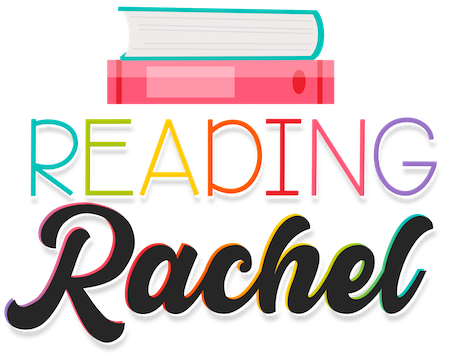The Path to Reading
When I taught 2nd grade in the United Arab Emirates ten years ago, I remember scrambling every morning to figure out what I should do with my students. Three teachers, including myself, were handed keys to bare classrooms with student and teacher desks, a computer, and a smartboard.
And nothing else. Literally. Not even a pencil. I remember going on Teachers Pay Teachers daily, looking for some kind of magical packet that would help me fill the time with my students.
I really didn’t know what to do. I was a brand new teacher, in a new culture, with no curriculum and no materials.
Why didn’t I know how to teach? I had just graduated with my masters in Reading. Surely I could use something I had learned.
Like many of us, I had learned about the five pillars of reading (phonemic awareness, phonics, fluency, vocabulary, and comprehension), but I couldn’t tell you the difference between phonemic awareness and phonics, and I certainly couldn’t tell you about the reciprocal nature of those five essential early literacy skills. I really didn’t know anything about how reading develops over time, and the path children take to become readers. How could I teach reading if I didn’t fully understand this process?
As teachers of reading, we need to be able to envision this process easily to determine what our students need. Today, I want to share with you my elevator speech on this process, something I refer to on a daily basis when working with my own students and supporting teachers.
The Path
The notion that all children learn to read differently is a myth. In general, children take the same path when they learn how to read. If we don’t know the nuances of this path, it can be challenging to know how to help our students who are struggling.
Phonemic Awareness. The path to reading starts with sound. This is affirmed again and again throughout the research around how brains learn to read: children must be aware of and able to break spoken words into their individual sounds. This is called phonemic awareness– the awareness of individual phonemes in words. Phonemic awareness is the starting point for early reading.
The Alphabet Principle & Basic Phonics. When students can break words down into sounds, they then begin to attach those sounds to letters or groups of letters in print. This connection is the alphabetic principle. Our early literacy instruction should help students build this connection.
Word Attack Skills. Once students develop the alphabetic principle, they begin to learn more complex spelling patterns through word analysis, flexibility, and morphology.
Fluency. When students become strong decoders, they then work through one of the most challenging hurdles for kids: fluency. Developing the alphabetic principle and the ability to decode unfamiliar words are important skills to acquire, but if students are always devoting their cognitive energy to decoding, there will be little space left to devote to comprehending what they are reading.
Vocabulary. Children need to understand the meanings of words in order to understand what they are reading. Not only do they need to know word meanings, they need to know how the meanings of words change based on the context of a sentence or passage.
Comprehension. Comprehension requires that all of the above are intact, and more. Reading comprehension is layered and more complex than phonemic awareness and phonics. There is a formula for teaching phonemic awareness and phonics, but because so much goes into it, reading comprehension can be difficult to assess, teach, and support. Even if a child is a fluent reader, this doesn’t guarantee they are understanding what they are reading. Sometimes students need support with understanding syntax (how the order of words in a sentence conveys meaning), connecting ideas across sentences, and making inferences (understanding what the author doesn’t come right out and say).
Reciprocity
Even though these skills are listed in a step-by-step order above, teaching them isn’t so linear. First, many of them are reciprocal. For example, just as decoding skills improve with strong phonemic awareness, as students become more proficient in decoding, their phonemic awareness strengthens. We know that vocabulary knowledge directly contributes to reading comprehension, and as reading comprehension improves, students’ vocabulary knowledge deepens. This reciprocity needs to be considered when we structure our ELA block. We need to ask ourselves, how can we teach early literacy skills explicitly, but also integrated? We know that connecting phonemic awareness to phonics has a higher impact on learning to read and spell, so teaching it separate from phonics doesn’t make sense.
Word Recognition & Language Comprehension
As students walk this path, we provide instruction that builds both their word recognition and language comprehension skills. Word recognition includes phonemic awareness & phonics, and language comprehension includes background knowledge, vocabulary, language structures, & literacy knowledge, with fluency being the bridge between word recognition and language comprehension. We can and should teach word recognition and language comprehension from pre-K, and language comprehension from birth. As we teach the linear skills of phonemic awareness, phonics, and fluency, we build language comprehension by reading aloud to our students and carefully planning explicit vocabulary lessons, building background knowledge by using texts that connect to content areas, while modeling evidence-based reading comprehension strategies that allow students to fully understand the texts they are reading, or listening to. Word recognition skills are finite and can be mastered, whereas language comprehension skills are infinite and continually evolve throughout our lives.
We could dive deep into the forest at each point on the path to becoming a reader, but for now, I hope this snapshot of how it all unfolds is helpful. I’d love to know which aspects you’d like to dive deeper on.


